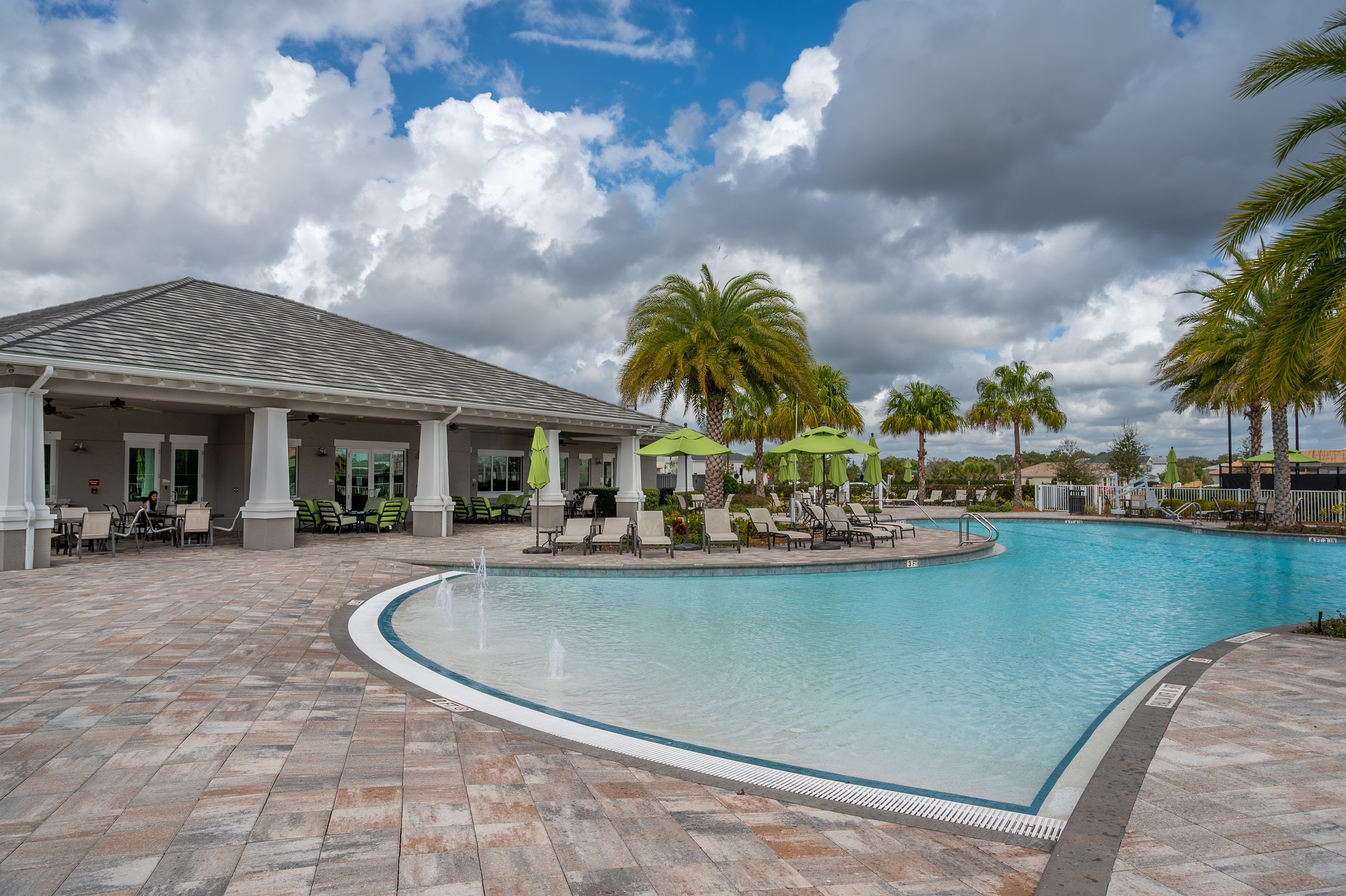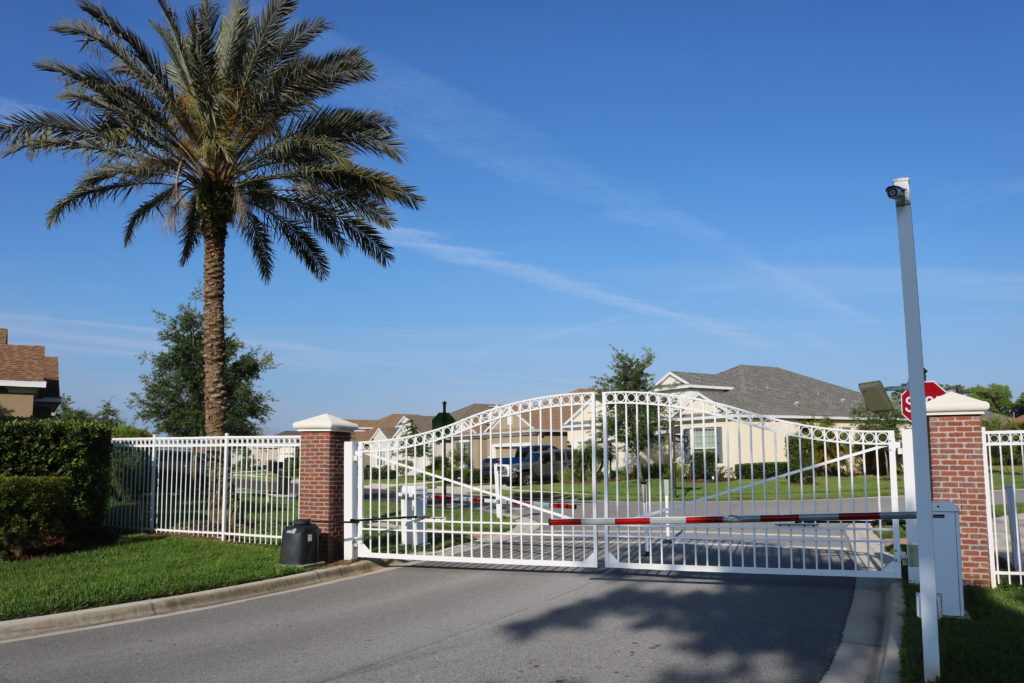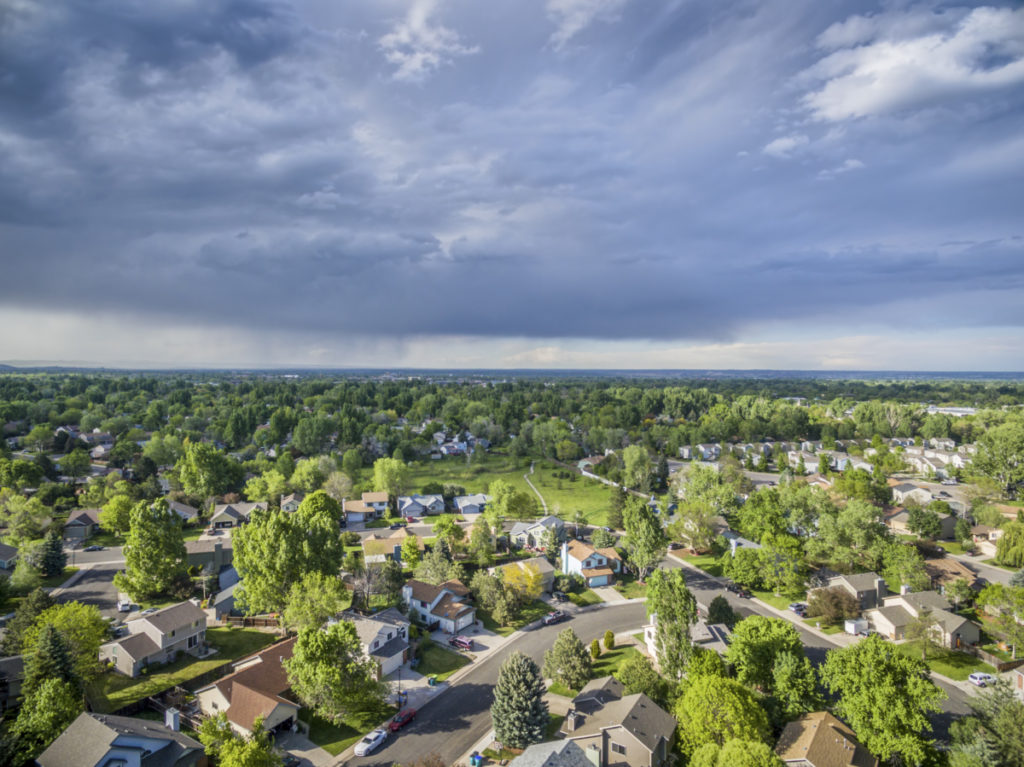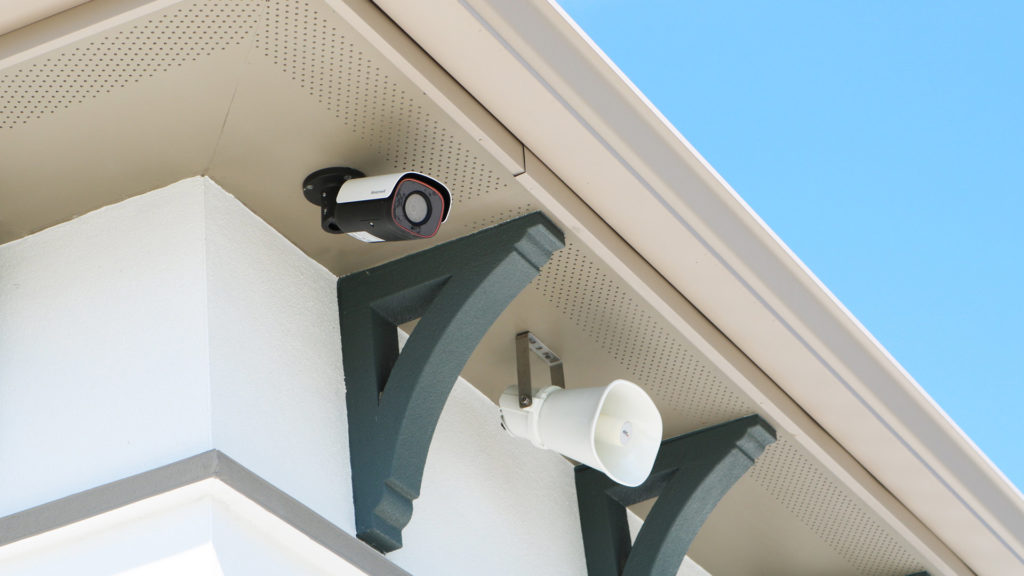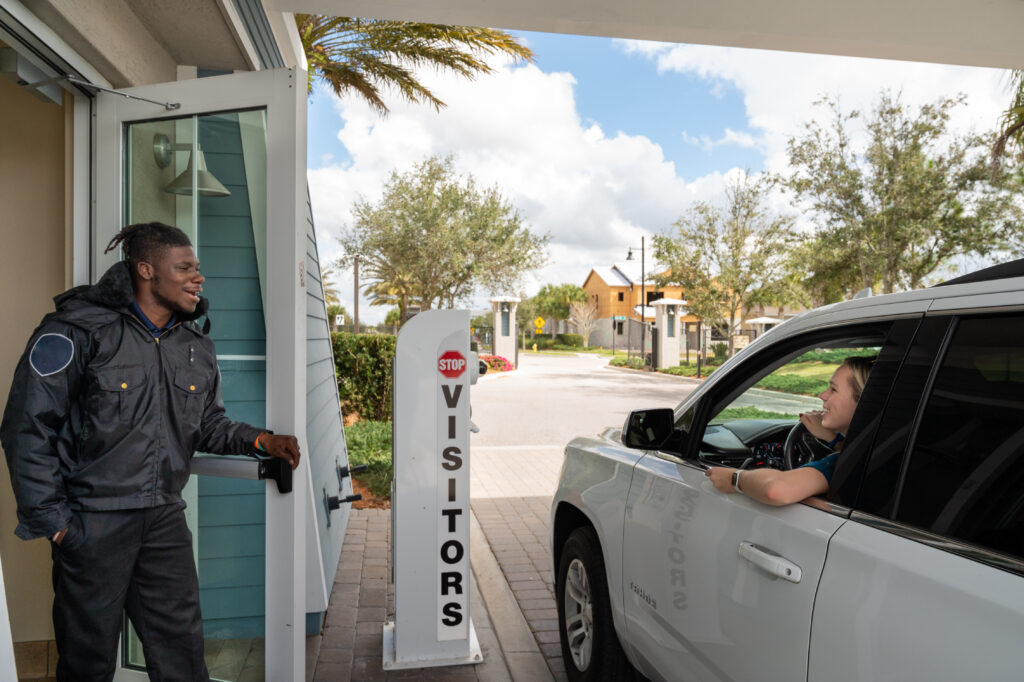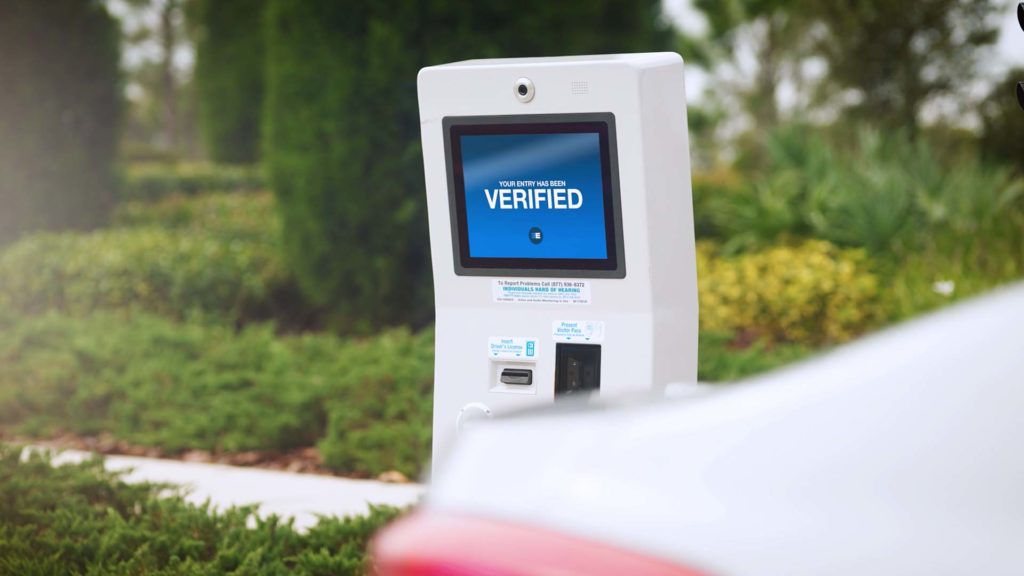“What’s the point of getting up the next morning and having to go back to the video surveillance? The damage is already done.” As the Regional Community Relations Manager for Meritage Homes, Martha Schiffer works with numerous communities throughout the Orlando, Tampa, and South Florida regions. Some have gated entrances, and some don’t, but they all include community amenities. Schiffer is knowledgeable when it comes to understanding the issues an association may face at a pool or clubhouse, and she has dealt with different types of security methods to know which ones are most effective for the amenity areas.
When it comes to selecting a video surveillance solution for an amenity, especially a pool, Schiffer says there is really no other option than an active video surveillance system.
“Why I stick to it is because when the pool is closed and somebody goes in there, I know there’s a live person watching and can tell them to leave; or if they need to call the police, they will.”
Martha Schiffer
Active video systems differ from normal camera systems in a couple of important ways. One, the cameras are typically programmed with artificial intelligence or video analytics which enables the camera to learn a specific area for monitoring. During set hours, the surveillance system is triggered by anyone that trespasses into the monitored area, even if the person jumps a fence.
Secondly, this type of system is connected to a monitoring center to allow agents to view the area when alerted by the surveillance. Often times, those agents are also able to speak with whoever has entered the area to notify the trespassers that the area is closed and demand they leave. If trespassers refuse or if a suspicious situation is occurring, the remote guards are able to contact local authorities for that area.
Having a proactive solution at an amenity, like the pool, “is the key thing…we never really have to worry about anything being stolen or any vandalism,” Schiffer explains. While a passive surveillance system is beneficial for other areas of a community, it’s not generally designed for capturing the identity of a person. This makes it challenging for a community to recoup any damage costs when vandalism occurs at a pool, clubhouse, or sports court.
An active video surveillance system isn’t the only security measure that amenities need though. “The access key fob system is a double layer, and it’s worth it,” Schiffer says. Access control is a basic layer of security that helps a community manage who is and is not authorized to utilize the doors or gates of an amenity, while preventing anyone unauthorized from simply walking in.
The system also helps community managers with retrieving access records. When authorized credentials are issued to a household, each credential is linked to the homeowner or address, and “when someone swipes their key fob, the system knows.” If an event happens, management can see who accessed the area and what time. Schiffer says, “Video surveillance may capture me [a person] on video, but if I’m a new homeowner, the HOA may never have met me…so how are we supposed to know if they’re a homeowner or not [without an access system].”
Occasionally, a community will also find that one system serves as the backup for another, if and when one goes down. Whether it’s an internet outage, equipment failure, or something else, any technology-based system can go “offline.” Schiffer has seen this happen. “Say video surveillance went down for some reason, at least the key fobs [access system] still work,” she says as one example.
As a developer, manager, or board members, it’s often easier to see the value in an effective security system and service provider. Just like Schiffer, you know the issues that your community has, is, or could be facing, and you have likely worked with different service providers to know the options available for security solutions. However, many residents are not aware of the reasons for a security investment or how the community is benefiting from certain systems.
Keeping homeowners informed about the systems in place and the importance of them is important for many reasons, and sometimes it only takes a simple explanation for residents to understand why a certain security measure is utilized. Schiffer is familiar with those conversations when residents ask about a system, associated costs, or why they don’t have something else.
“I say, ‘well yes, you can have regular cameras, but when you get there the following morning and all of your beach chairs are gone because somebody stole them, what good is it to go back and look at the video?’”
Communities often spend time, resources, and money on a spectacular amenity for their residents. Protecting those community assets is just as important and most beneficial with a system that is designed for amenity areas. With the appropriate system (or systems) in place, the community can properly manage access to the area, ensure that it is properly surveilled, and have peace of mind that it will be looked over after hours. As Schiffer says, “It’s perfect prevention.”
You can read the complete issue and original article here: FLCAJ – September 2021
Download the article here.
